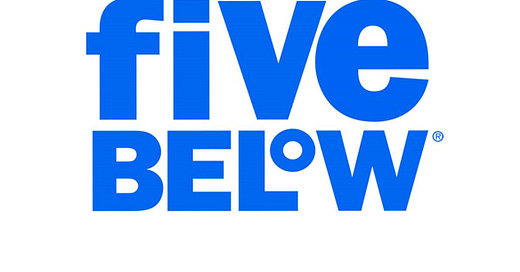Subscribe to AGB - One analysis of a good business every two weeks.
Five Below
“At the end of the day, it's a fun store, and we want to be the yes store, we want to be a store that customers love to come in and just let go and have fun in.” – Chief Executive Officer, Joel D. Anderson on the F18Q3 Earnings Call
Five Below is the leading value retailer of discretionary goods targeted specifically at tweens and teen customers in the U.S. Most items are priced in the $1-$4 range (60% of items sold) and as the name suggests, below $5 (though that number has moved higher to $5.55 recently). The company operates over 1k stores in 38 states.
The average customer spends about 10-20 minutes in the store, purchases goods totaling $15 and makes roughly 10 visits per year to a Five Below location. The company estimates that roughly half (52%) of shopping visits to the store are planned and the other half (48%) are visits after stopping by other stores within a shopping center. The customer comes from…



